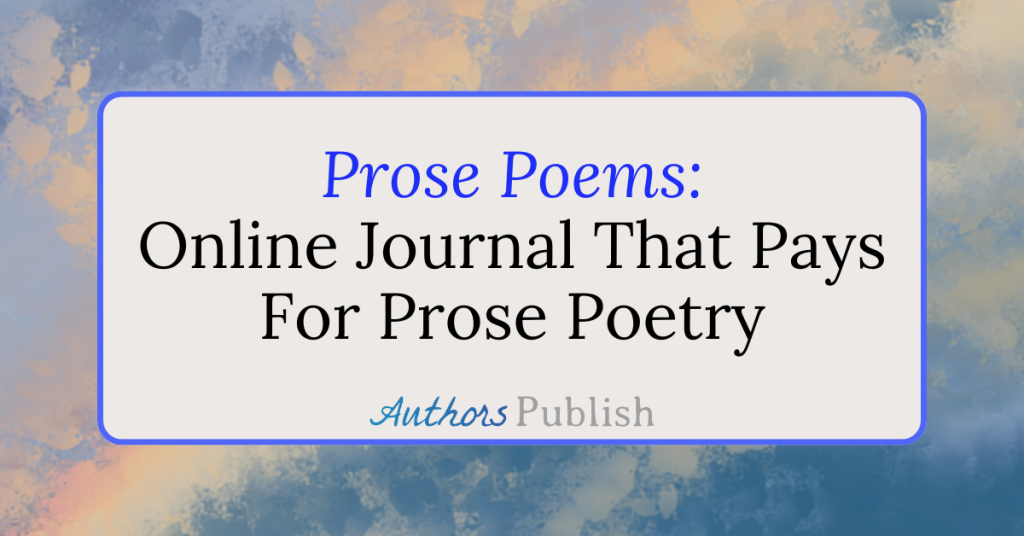By Emily-Jane Hills Orford
How many times have you heard that old adage: “He who can, does; he who cannot, teaches.” It’s from George Bernard Shaw’s Maxims for Revolutionists, which is usually published with his play, Man and Superman. Nothing could be further from the truth; teachers are not losers. In fact, there are a lot of benefits for an author/writer to teach his/her craft, and there’s hope in every written page.
You don’t need to be that critical revolutionist. You could be the inspirational mentor who helps budding writers see the genius in their own work. And, through the process, you might even find the genius in your own work. Teaching writing, for writers, is a win-win situation. You get to share your expertise and, at the same time, learn something new from your students.
Yes, I did say, learn from your students. It’s amazing what creative minds, young and old, can do, especially in the sharing department. I learned and was inspired as much by my students as they were from me. The flow of ideas and creative energy was like a boomerang – what I shared with my students bounced back in many diverse ways and forms.
What did I learn? As I taught my students some of the basics, I was reinforcing my own knowledge and abilities to use the basics in my writing. Through brainstorming, group work, learning from each other, I discovered that the sky was not the limit; neither was the universe which, in effect, is endless. In the sharing portion of our sessions, we’d read our work, current, old, published and unpublished. And, yes, I was able to read from some of my published books. It’s a part of who I am, so I can’t share my experiences without sharing my writing.
That being said, I disprove the opening theory, as I am a teacher who also does and a doer who also teaches. And the benefits are quite inspiring. When my writing career took off, I started teaching classes in creative writing for all ages, both in person and online. The inspirations shared between teacher and student, student and teacher, were definitely not one-sided. And another old adage took root: “Practice what you preach”, or, in this case, teach. Whatever I instructed my students to do, I started doing myself.
For example, the oft-repeated complaint, “my life’s too busy to write,” echoed through my adult classes. I suggested beginning a regime of writing for five minutes a day, first thing in the morning so it doesn’t get overlooked. I argued, “I’m sure we can all afford five minutes a day.” The grumbles lessened, but I have to admit I caught myself making excuses several days in a row, excuses about not having time to write. I re-worked my morning routine and inserted five minutes of writing. It didn’t matter what I wrote, I just wrote: a journal, a letter, a few ideas still floating around from nighttime thoughts – anything and everything. Five minutes became ten, fifteen and eventually my morning routine was complete only once I’d had my writing session. I would write again throughout the day, but that morning spurt is now engrained into each day. It’s important: we can’t be writers if we don’t write.
I also encouraged carrying a notebook (electronic or paper) and spend all those wasted waiting times (at doctor’s offices, dentist’s offices, even at the bus stop) writing something – anything. Writing is all about just writing. It may be gibberish; or it might be part of your next best-selling book. Either way, it’s a great writing tool, to always fill one’s spare, otherwise wasted waiting times, doing something productive – writing.
My younger students were truly inspirational. Their unbridled sense of adventure and the imagination that took them on awesome journeys to the ends of the universe and beyond sparked my younger self to resurface and take hold. My grandmother often told me I had a vivid imagination. Somewhere along the way, it was buried amongst the complexities and responsibilities of life. Working with young writers brought back my vivid imagination and I started writing three novels (yes, you can have more than one writing project on the go at any given time – it adds a little spice to your writing life and, who knows? One writing project might inspire the others).
Teaching writing is a great way of mentoring and sharing creative ideas and works in progress, as well as work you’ve previously published. Some might suggest that teaching writing is a great way to market one’s books. I see that as a possible side benefit, but not my ultimate goal. I did have one parent complain that I was pushing my books, when, in reality, all I was doing was providing information (at another parent’s request) of what books I’d published to date. Writing, teaching, and marketing are three separate entities, but each one can unexpectedly influence the other.
Teaching and mentoring other writers, young and old, is just as much teaching oneself, honing one’s own writing skills. As I taught my students some of the basics, I was reinforcing my own knowledge and abilities to use the basics in my writing. Through brainstorming, group work, learning from each other, I discovered that the sky was not the limit; neither was the universe which, I’ve been told, is infinite.
Emily-Jane Hills Orford is a country writer, living just outside the tiny community of North Gower, Ontario, near the nation’s capital. With degrees in art history, music and Canadian studies, the retired music teacher enjoys the quiet nature of her country home and the inspiration of working at her antique Jane Austen-style spinet desk, feeling quite complete as she writes and stares out the large picture window at the birds and the forest. She writes in several genres, including creative nonfiction, memoir, fantasy, and historical fiction. http://emilyjanebooks.ca






